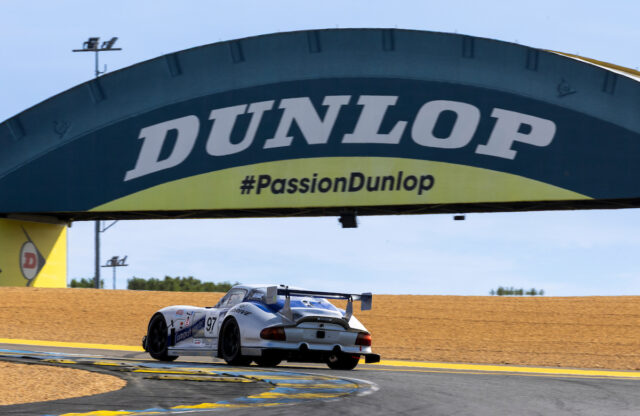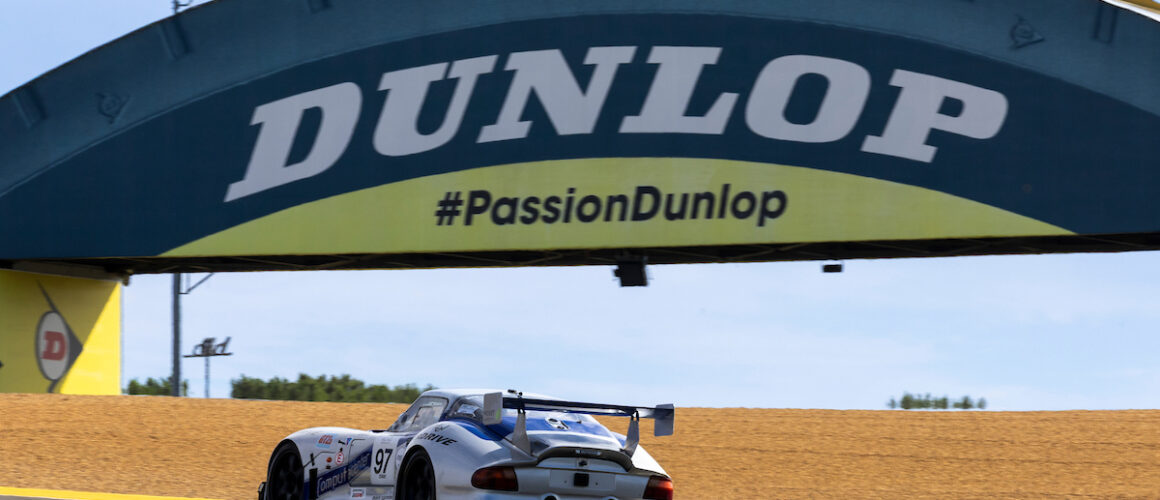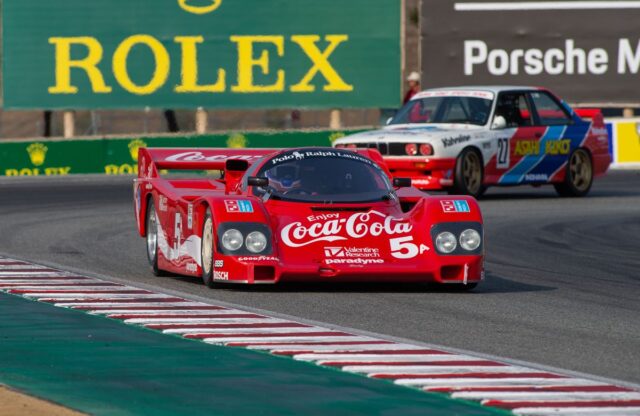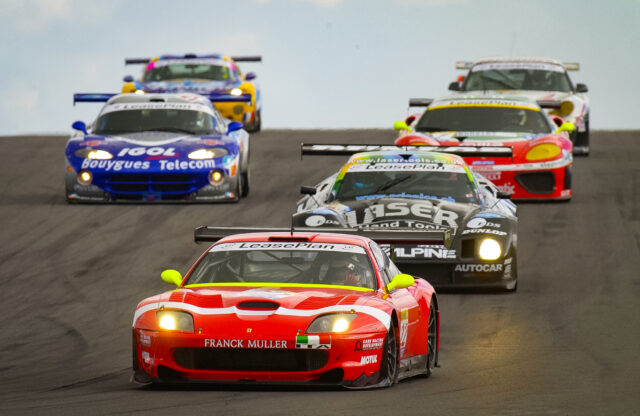Anticipation was incredibly high for the 2025 Le Mans Classic, staged from July 3-6, following the success of the 100th anniversary edition held in 2023.
The 12th edition of the Historic racing extravaganza didn’t disappoint. With a record 238,000 spectators in attendance, it’s no surprise that organiser Peter Auto has recently announced that the Le Mans Classic will become an annual event.
With 800-plus race cars, the line-up was as impressive as the crowd that had flocked to the legendary French circuit. The scale of the event was enhanced even further with more than 9000 club cars showcased by the 220 international organisations in attendance.
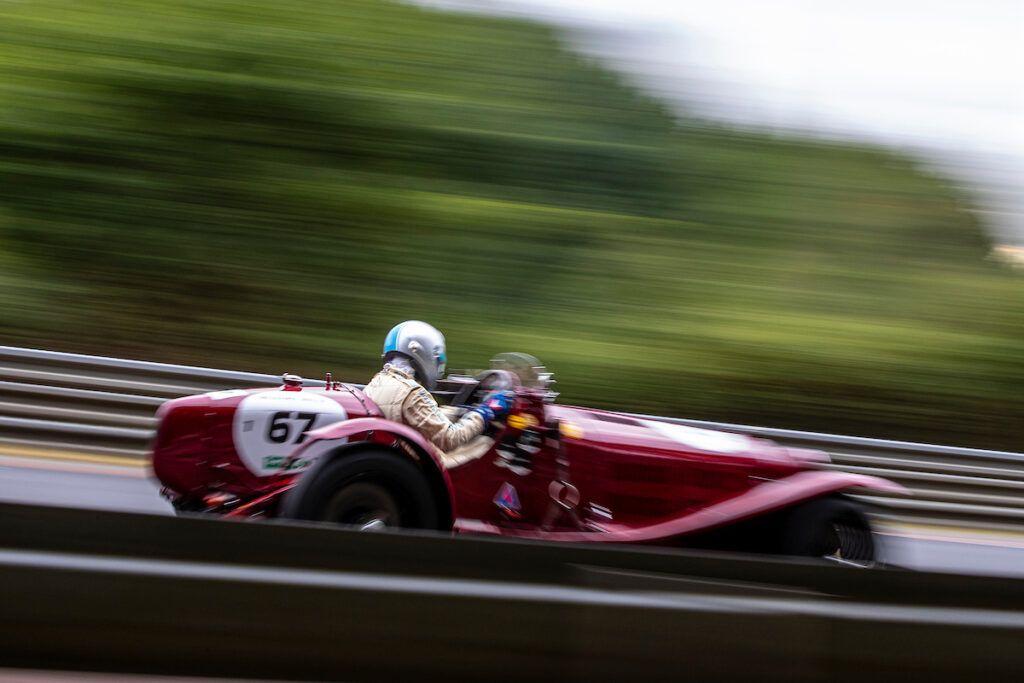
The main track action was divided across six grids, and complemented by a series of support races. Grid one celebrated the origins of the Le Mans 24 Hours with cars that competed at the Circuit de la Sarthe between 1923 and 1939. Victory in the first heat was claimed by the 1931 Alfa Romeo 8C 2300 LM of Swiss collector Fritz Burkard. By winning the final two races, Martin Halusa and Alexander Ames secured overall honours in their 1932 Alfa Romeo 8C 2300 MM Spider Zagato.
Cars built between 1949 and 1956 brought post-war Le Mans racing to life in grid two. The legendary 1962 Jaguar C-type of Nigel Webb and Chris Ward won all three races and sealed the overall victory, successfully staving off the threat of Felix and Christian Godard’s 1955 Cooper T39 and the 1956 Mercedes-Benz 300 SL driven by Johannes Kleinl and Jeuger Sockolowi.
Grid three saw Ferrari, Maserati and Aston Martin compete at the sharp end. The grid was occupied by beautiful race cars built between 1957 and 1961, and saw the ’61 Ferrari 250 GT SWB of Diego Meier and Remo Lips finish at the top of the standings, followed by Guillermo Fierro Eleta’s 1960 Maserati Tipo 61 Birdcage and the Aston Martin DB4 GT piloted by Thomas and James Alexander.
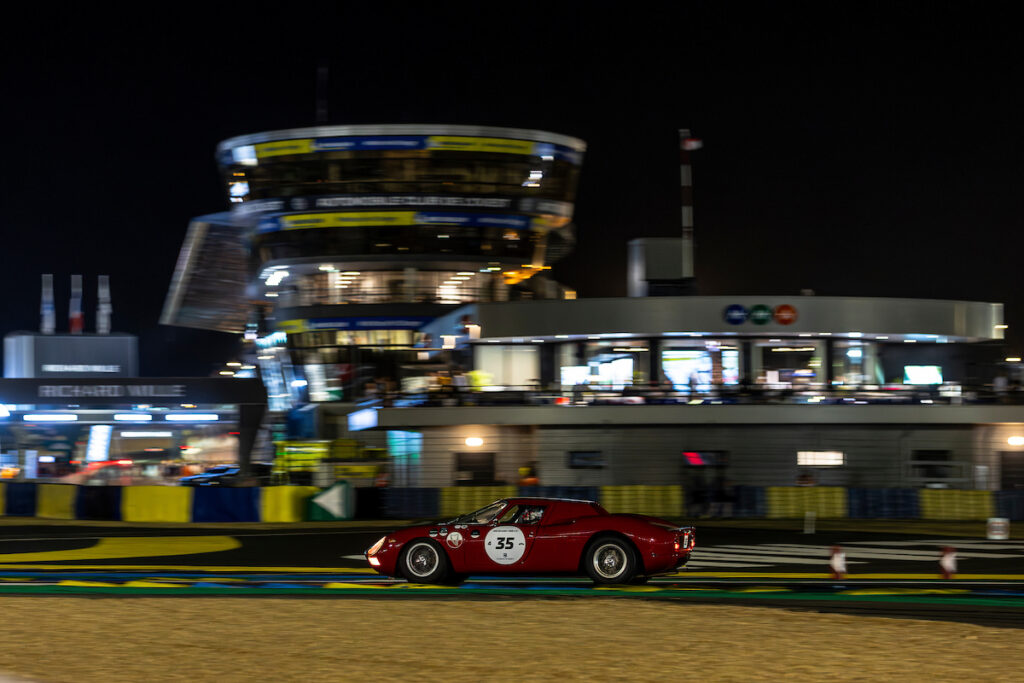
The fabled Ford vs Ferrari rivalry was resurrected in grid four, open to cars from 1962 to 1965. Ford’s glory days were echoed with strong wins by Emile Breittmayer and Richard Meins, whose 1965 GT40s took victory in the first two races. Ferrari struck back in race three, with a 1965 250 LM claiming a crowd-pleasing win on the 60th anniversary of the model’s Le Mans triumph. Ultimately, it was Breittmayer’s GT40 that topped the overall standings.
Grid five was dedicated to cars dating from 1966 to 1971 – regarded by many as one of the golden ages of endurance racing. The 1971 Ferrari 512M driven by Niklas Halusa, Martin Halusa and Alexander Ames finished first in the standings. They were followed by the 1969 Lola T70 driven by former Formula 1 man Jan Magnussen and Chris Ward, while Charlie Hyett completed the top three in his 1971 Chevron B19.
The final grid brought together cars that raced in the world’s most prestigious events between 1972 and 1981. The 1979 Lola T286 of Maxime Guenat dominated, winning all three races. Guenat’s Lola was followed by the 1975 Chevron B31 of Ross and Charlie Hyett and the 1973 Lola T292 of Tony Sinclair and Nick Padmore in the final standings.
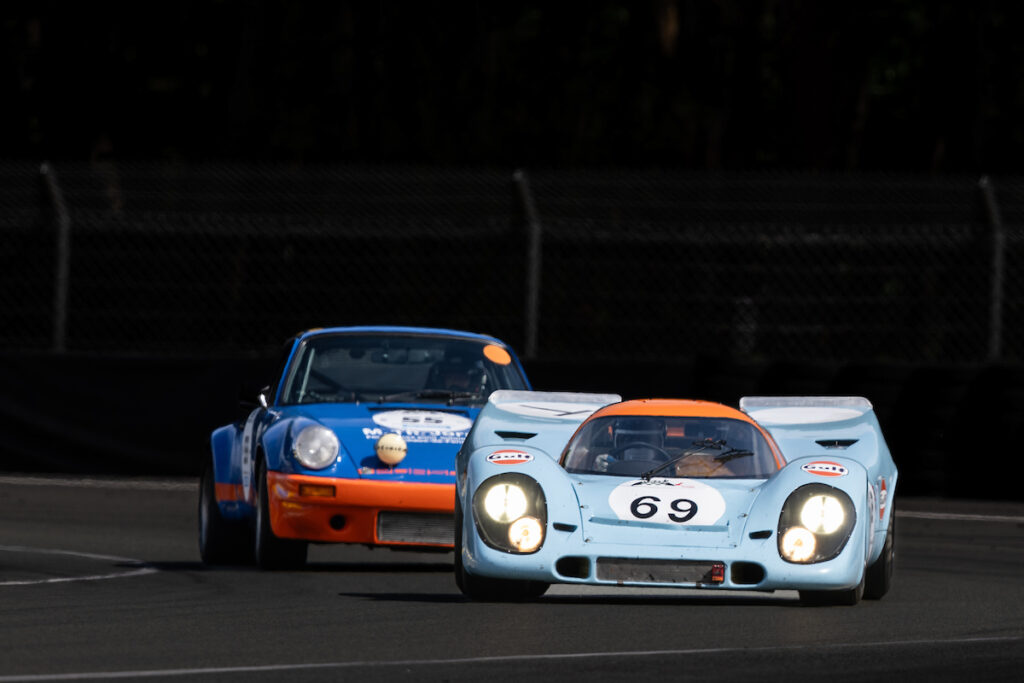
With 19 overall Le Mans victories, Porsche is the most successful marque in 23 Hours history, so it’s fitting that the German manufacturer was honoured with a one-make event in the Porsche Classic Race. Here, fans witnessed legendary past models including the 935 and 917K duel for victory. In the end, it was a 1969 917K that came out on top ahead of a pair of 1977 935s in second and third.
Group C is regarded by many as prime endurance racing – so it’s no surprise that the Group C Racing support event was so popular with those in attendance. Victory in race one went to the Peugeot 905 Evo 1 of Maxime Guenat, while Porsche 962s dominated the sprint race, locking out every spot on the podium.
The Endurance Racing Legends support race catered to fans of more contemporary challengers, with machines from the 2000s and early 2010s going head-to -head. In the opening race, Jamie Constable’s 2001 Zytek 04S crossed the line first but was handed a 100-second penalty for a pitstop-window infringement. Victory was awarded to Maxwell Lynn in the 2003 Bentley Speed 8, with Emmanuel Collard’s 2005 Pescarolo C60 second and Niklas Halusa’s 2000 Audi R8 LMP third.
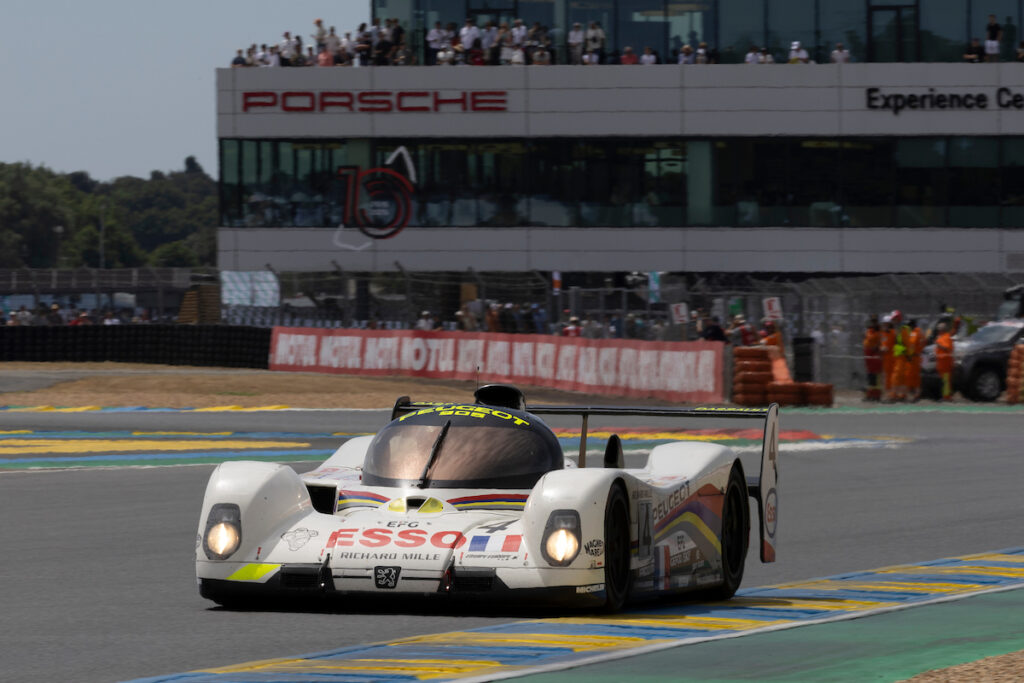
Bringing down the curtain on the Le Mans Classic 2025 was race two, a 30-minute sprint won by Max Shilton in his 2004 Zytek 04S, followed by Collard’s Pescarolo and the 2001 Dome S101 of Ivan Vercoutere.
Away from the track, crowds flocked to the lively paddock village for live sets by Kavinsky and Cerrone, alongside food stalls, shopping and curated car displays.
The next edition of the Le Mans Classic will be staged from July 2-5, 2026. For more information, click here.
